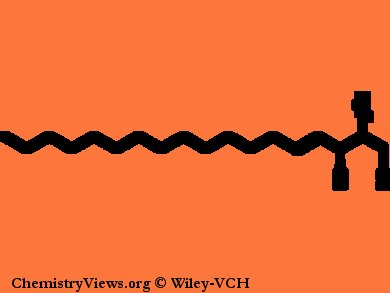The blood-brain barrier separates the blood from the extracellular fluids of the brain. It consists of a capillary endothelium endowed with drug efflux pumps such as P-glycoprotein. By transporting compounds out of the brain, this molecule represents a major obstacle to deliver therapeutic drugs to this organ.
Ronald E. Cannon, National Institute of Health, USA, and colleagues identified a signaling pathway which can pharmacologically target P-glycoprotein. The scientists discovered that the activity of the pump is reduced by the sphingolipid sphingosine-1-phosphate (S1P). As a consequence, when they delivered to rats S1P or its therapeutic analogs (FTY720 and FTY720P), they could rapidly and reversibly inhibit P-glycoprotein and, therefore, increase the uptake of the transporter’s substrates.
Sphingolipid-based drugs could, therefore, be useful to improve drug delivery across the blood brain barrier.
- Targeting blood-brain barrier sphingolipid signaling reduces basal P-glycoprotein activity and improves drug delivery to the brain,
R. R. Cannon, J. C. Peart, B. T. Hawkins, C. R. Campos, D. S. Miller,
Proc. Natl. Acad. Sci. 2012.
DOI: 10.1073/pnas.1203534109




